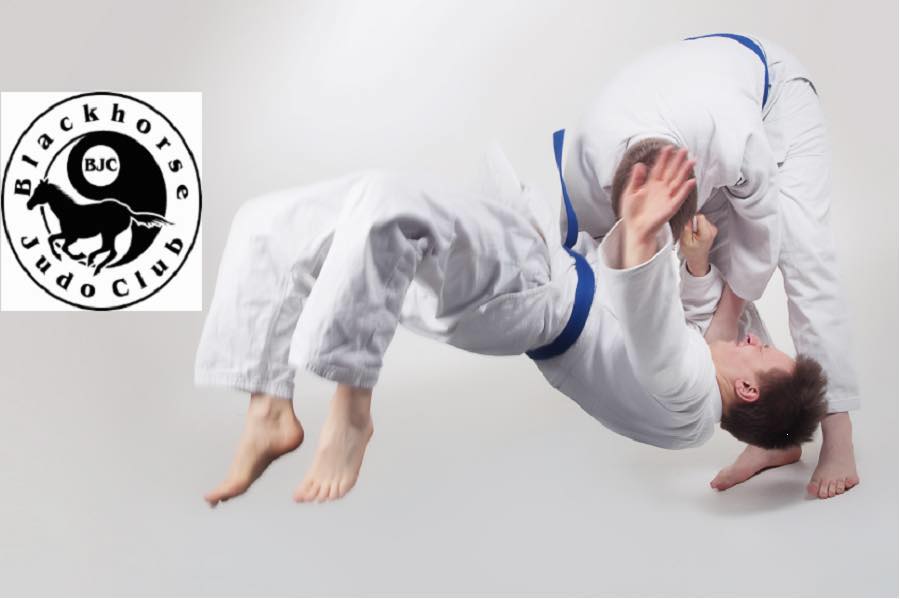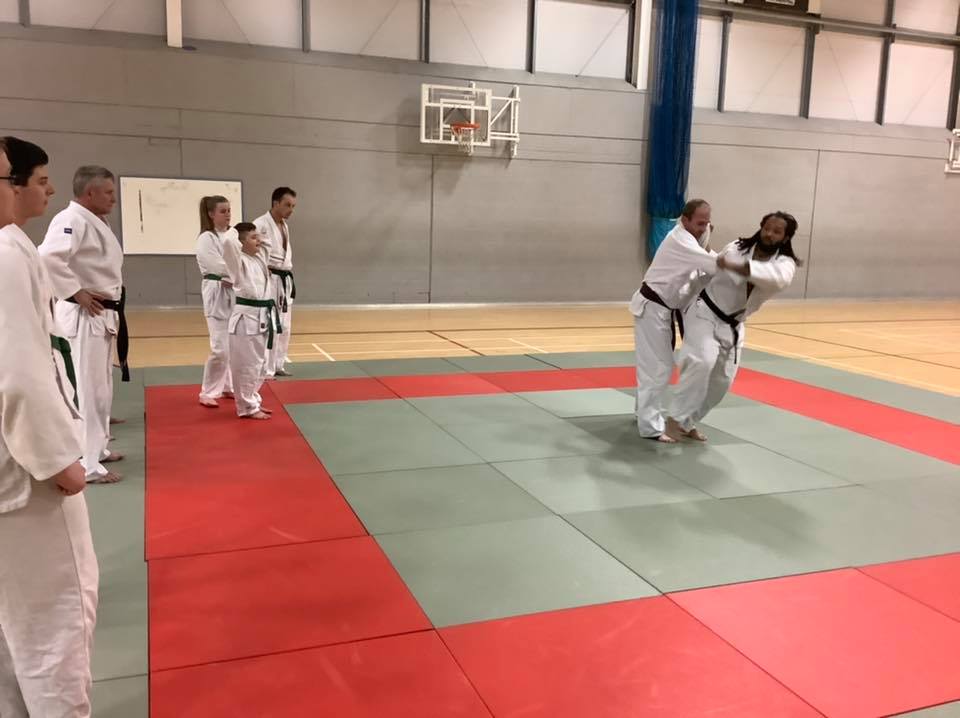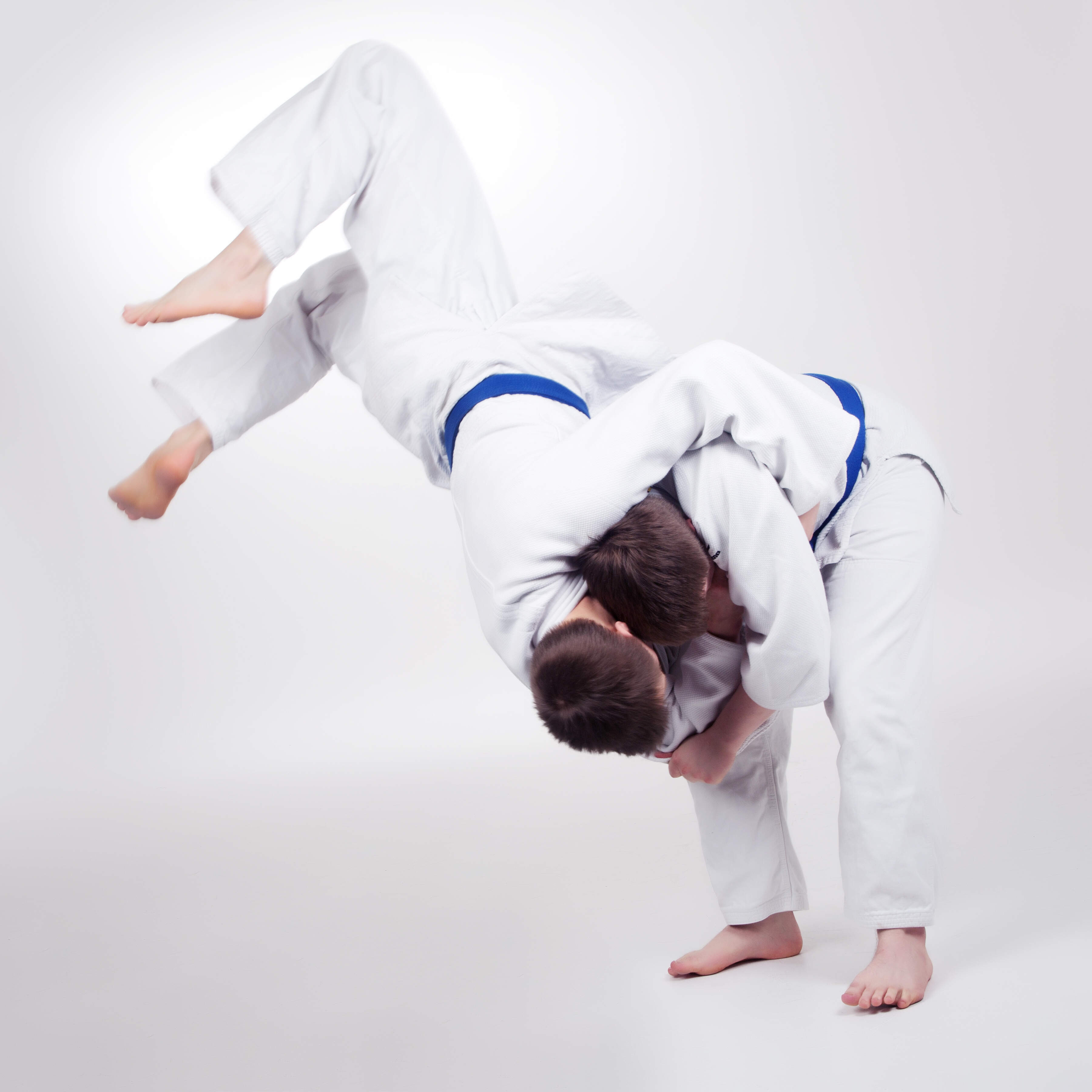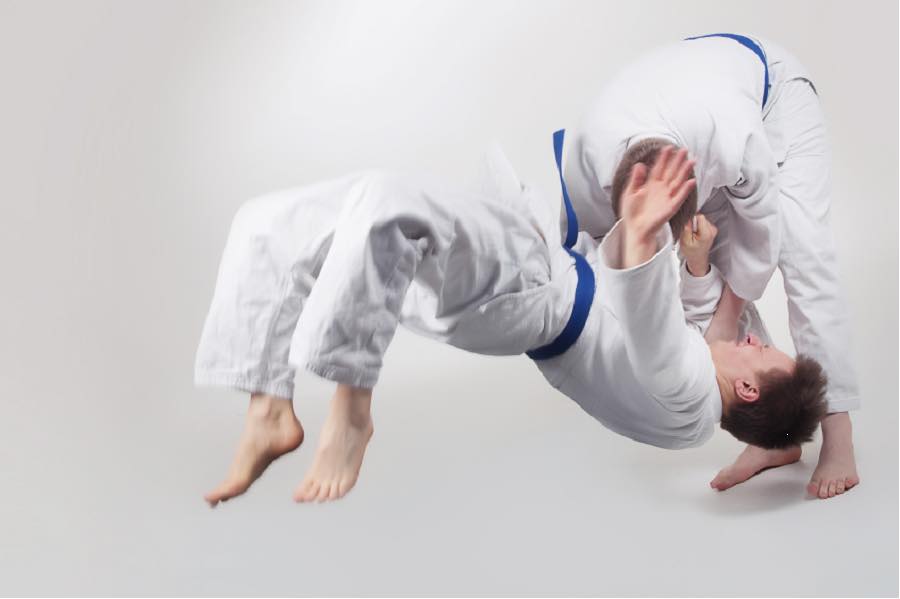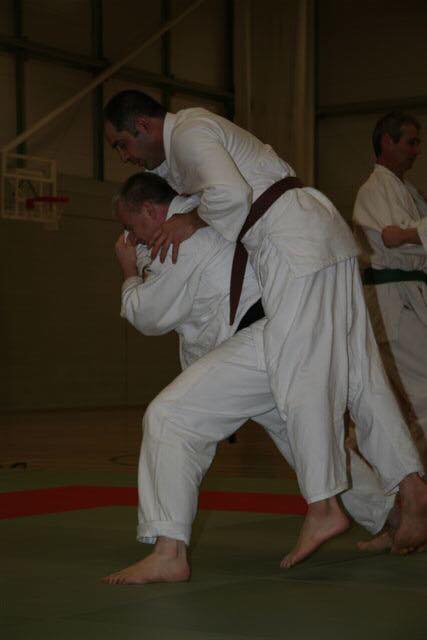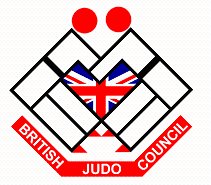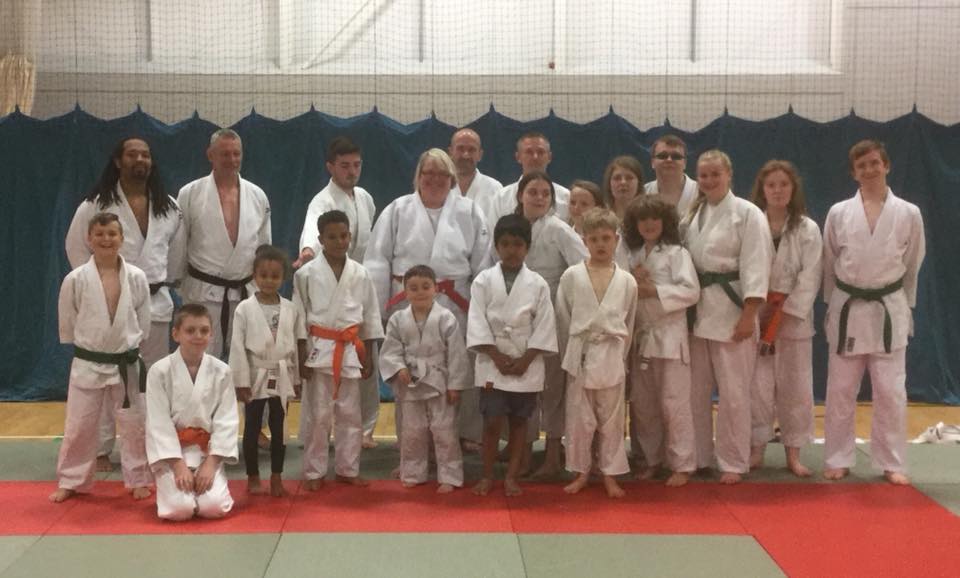Judo (which translates as the
"gentle" or "supple" way) is a contact sport developed from
the ancient Japanese martial art of "Ju
Jitsu".
The founder of Judo,
Jigaro Kano, developed Judo
as a safer way for everyone to practice a martial art as a form of sport
because Ju Jitsu,
by itself, contained too many dangerous moves to be effective as a sport. Dr. Kano studied Ju
Jujitsu, alongside several other martial arts, and took what he
considered to be the safest and best of these fighting techniques to integrate
into what has become the modern sport of Judo.
Judo is studied throughout the world today. The
world headquarters for Judo
is the Kodokan in Tokyo, Japan.
History
In 1882 Kano opened the Kodokan Judo Institute to teach the new sport. Judo differs from Ju Jitsu because the most dangerous techniques are restricted to higher grades who practice them in a form known as "Kata". There are no kicks or punches allowed in contest Judo; contests are won through throws, hold-downs or submission techniques.
Judo
became established in Japan by the end of the 1880s and quickly became very
popular. The Japanese Ministry of Education rapidly adopted Judo as a sport and the
Japanese police soon included it in training programmes.
Kano visited Britain in 1885 and devoted much of his life to advancing Judo around the world. His pupils did likewise, including Gunji Koizumi (1885-1965), who established the first European judo club, the Budokwai, in London in 1918 and dedicated his life to popularizing Judo in Britain and Europe. Koizumi was still teaching at the Budokwai the day before he died, aged 80 .
Judo - The Gentle Way?
Translating Judo
as "the gentle way" has led some to believe that strength should not
be used in Judo.
This belief is a misunderstanding of the term "ju". A better understanding of Judo can be gained through
thinking of ju as
meaning supple, rather than (in English) the softer concept of
"gentle". Supple suggests that the strength of an opponent should not
be resisted. Instead a good Judo
player will use an opponent's strength and force, in combination with their own
power, to gain an advantage over that opponent.
Practicing Judo in this way emphasises one of the two maxims of Judo as set out by Kano - that of "maximum efficiency". The second maxim of Judo is "mutual welfare and benefit". This means that when one student is practicing throwing, his/her partner will be practicing falling; when one practices holds, the other practices escapes.
Judo at Blackhorse Judo Club
The first thing you will learn about Judo at Blackhorse Judo Club is how to fall. Learning to breakfall is essential, because although we have mats to practice on being thrown can still be dangerous. To land safely, we will teach you breakfalls ("ukemi" in Japanese). These breakfalls are techniques that need to be learned and will be practiced every week to improve your confidence in being thrown and your overall fitness, co-ordination and timing. Breakfalls are also extremely good at helping you to develop better spatial awareness of what is going on around you.
Once you feel confident about your breakfalls, we will
teach you how to control your partner, and you will learn how to throw them
safely and with control. We will also introduce you to grappling techniques;
showing you how to hold someone down, and how to escape if you are pinned to
the ground. More experienced players will learn more advanced techniques,
including how to link throws together, and how to control submission
techniques.
Competitions
Judo was developed from the beginning to be a sport as well as a martial art. Dr. Kano knew that Judo, as a sport, would be more attractive to a wider range of people. As a sport Judo competitions allow players to put into practice what they have learnt in training under contest conditions, against opponents who also want to win.
The first international judo match took place between the
Budokwai and the German National team in 1926. This competition had a
considerable impact on people's perceptions of Judo and Judo
became established in Europe between the two World Wars. The first All-Japan Championships were held in 1930 and
by the start of World War II the Japanese had adopted Judo as a national sport. In
1949 the Japanese Judo Federation, the European Judo Union and the British Judo
Association all came into being, followed shortly thereafter by the
International Judo Federation in 1951. 1951 also saw the first staging of the European Judo Championships in
London. The first Judo World Championships were staged in Tokyo in 1956 and have
been held every two years since 1956.
When the Olympic Games were held in Tokyo in 1964 Judo was added to the
programme. Judo
has featured in all Olympic Games since 1972, and continues to be dominated by
the Japanese.
Women's Judo has followed a similar pattern to the men's, with the
Women's World Judo Championships starting in 1980. Women's judo was introduced
at the Seoul Olympics in 1988 as a demonstration sport, and became a medal
sport in 1992.
Weight categories
The rules for the sport of Judo are relatively simple and the main parts remain mostly unchanged since Kano introduced the sport back in the 1880s. Divisions are divided by sex, weight and grade (or rank). At Olympic level, in 1964, there were just 3 weight categories, (under 68 kg, under 80 kg, over 80 kg). As Judo became established as an Olympic sport, more weight categories have evolved.
In the Olympic Games there are seven
weight categories for men: under 60 kg, under 66 kg, under 73 kg, under 81 kg, under 90 kg, under 100 kg and over 100 kg. The corresponding categories for women are: under 48 kg, under 52 kg, under 57 kg, under 63 kg, under 70 kg, under 78 kg and over 78 kg.
Five main ways to win:
Throws: Competitors can throw their opponents, with control, remaining on their feet so that their opponents land largely on their backs with force and velocity. If they manage this, then the competitor doing the throw scores an "Ippon" (one point), at which point he or she will have won the match.
If a throw is missing some element to be considered to be a full Ippon by the referee (e.g. because of a lack of control, force or velocity, or because the opponent did not land on their back), then a lesser score may be given. A match is won by the competitor with the highest score if the maximum time allowed for the contest is reached without either competitor scoring ippon .
Submissions: (NB: in the BJC submissions can only be applied in competition to those aged 16 and over [CHECK latest rules])
If a competitor can apply pressure to an opponent's neck and get the opponent to submit (or lose consciousness), then the competitor wins the match by Ippon .Similarly, if a competitor applies pressure to their
opponent's elbow joint, causing them to submit (or risk breaking their arm),
the competitor again wins by Ippon.
In the British Judo Council, students are divided into three different groups, according to age. Players who take up judo as adults, start with a white belt (6th kyu), followed by 5th kyu (yellow belt), 4th kyu (orange belt), 3rd kyu (green belt), 2nd kyu (blue belt) and 1st kyu (brown belt).
Junior grades (aged 10 to 15 years inclusive) follow a
similar path but stop at brown belt. Different levels of experience at each
grade are shown by the wearing of up to 3 tabs of the belt of the next colour.
Primary grades (under the age of 10) wear a white belt, with experience demonstrated by wearing up to 3 tabs of different colours, in the order red tabs, orange tabs, green tabs, blue tabs and finally brown tabs.
Note: In the BJC we strongly believe that it is important for beginners and low grades to concentrate on developing a range of good techniques. Contest results do not become important until students reach the level of green belt. Up until that point gradings focus on what both players are doing, rather than on the end result. As such, it is possible for someone to be graded even if they “lose”, as long as they have demonstrated they are trying to practice good "ippon" judo (for example by attempting to do forward throws with good, upright posture, and trying to remain in control throughout the technique).
At Blackhorse Judo Club we will occasionally run a first
"in-house" grading for beginners, especially younger ones, once they have completed at least 12 sessions.
